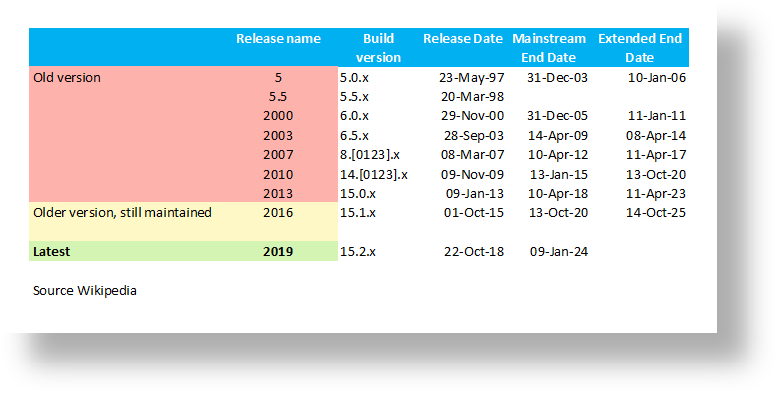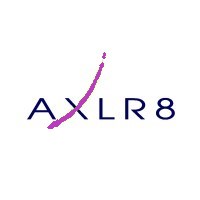MS Exchange (and latterly M365) is our most common business email interfaced system. Microsoft changes its functionality from version to version. There are many good reasons for this.
Track record
Over the last 21 years developing Exchange Vault and MessageStore, we have had to make many changes across hundreds of clients with a huge variation (perhaps more than 20 different types) of MS Exchange versions and MS365 versions. AXLR8 have upgraded our own internal MS Exchange system 4 times over that period if you include the present move to M365 from on prem!

Still learning
The way Exchange allows journaling and working with third parties will always evolve. These changes have often required substantial reprogramming. After 2 decades, AXLR8 have accumulated some experience. However, as they say: “Every day is a school day”.
We also have a variety of mechanisms for linking email systems – especially MS Exchange and derivative systems, at our disposal. Nevertheless, we are never overconfident.
About ten years ago we had a change that really challenged us. Thankfully, we overcame that one. It genuinely made us better at tackling new versions and migrations. Sometimes a client requires a really difficult change. We have often been tempted to drop them as it may be many times their lifetime value to us to fix it. However, if experience is our guide, we will find that problem elsewhere. If we fix it once, it adds to our AXLR8 Knowledgebase internally. So far, we have discovered no sites where we cannot enhance the link to MessageStore to accommodate the enhancements and changes at our clients. We are very proud of that track record because of the number of different implementations, hardware, networks, operating system versions and the variations of ICT partners managing them.
What happens when a change is required?
We need to talk to one of your specialist MS Exchange/ 365 email managers in order see what options they would like to offer and then test the agreed journaling methods. Our support consultant can then scope what needs to be done and schedule any specialist programming if required.
AXLR8 have implemented several such migrations and changes over the period of client contracts – several of which have run for more than ten years. All upgrades and enhancements we have provided for transporting mail to our system have been due to changes the client ICT management have made to their systems. Normally this is because they are moving with new MS versions due to support termination or it is due to hardware and operating system changes. This has often taken many hours of specialist work (much of it outside hours) and so we charge a nominal amount in complex cases. However, such upgrades are not frequent. Thus, we can often perform them free of charge where the customer has a large competent Exchange/M365 team. I suppose, one day, Microsoft will do some change that we cannot accommodate but a 20 year track record with a stable experienced team over that period is pretty good.
Minor configuration changes: In addition to major migrations, there will be several changes at a low level such as IP white listing. This has become much more common because of the move to WFH. In these cases, we normally negotiate a set of fixed IPs with the client and make sure that all home workers are set up with a fixed IP or go in remotely through their office VPN. Managing large numbers of dynamic IPs from peoples homes obviously creates security challenges. We charge a nominal fee to make these changes and check back with the user concerned. If it is occasional (once every couple of years), we may not charge.


